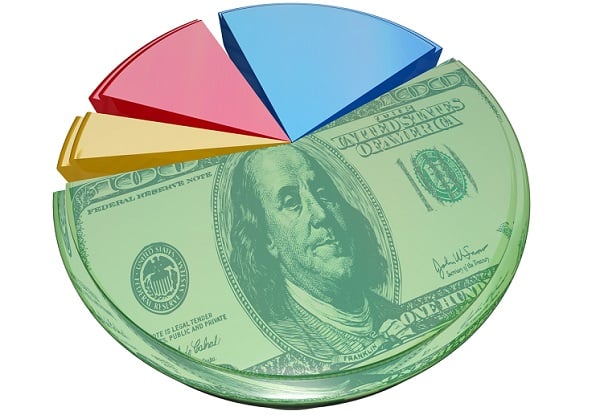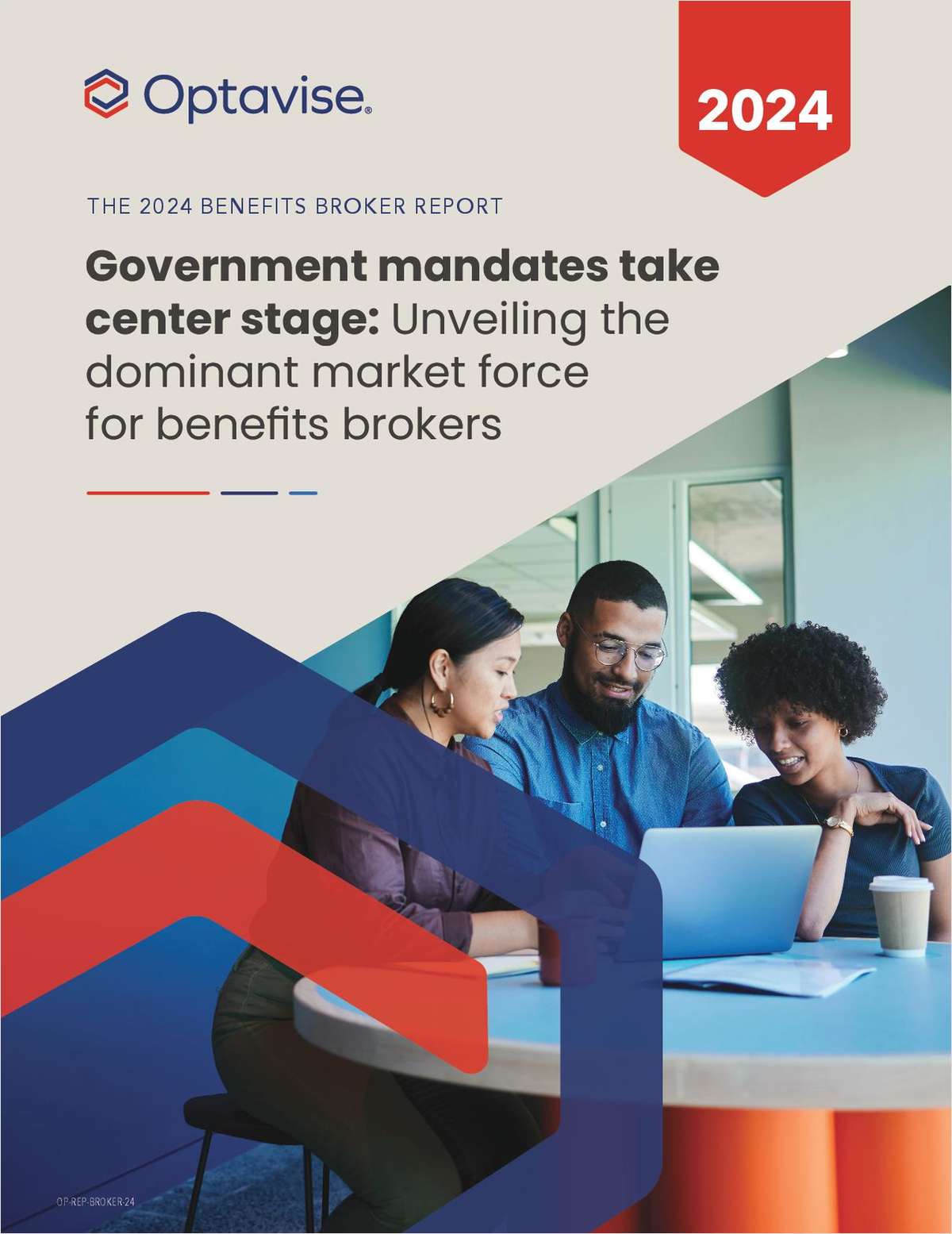 The potential savings would be spread among employers ($194 billion) and employees ($116 billion), and the non-group market ($42 billion). (Image: Shutterstock)
The potential savings would be spread among employers ($194 billion) and employees ($116 billion), and the non-group market ($42 billion). (Image: Shutterstock)
With a self-funded plan, a company operates their own health plan with the help of a broker and a third party administrator (TPA). Companies take on more risk in the process but can manage this risk by buying stop-loss or excess-loss insurance. Once a company reaches an employee size of over 100, they should start considering going to a self-insured plan to save money and improve cash flow.
Complete your profile to continue reading and get FREE access to BenefitsPRO, part of your ALM digital membership.
Your access to unlimited BenefitsPRO content isn’t changing.
Once you are an ALM digital member, you’ll receive:
- Critical BenefitsPRO information including cutting edge post-reform success strategies, access to educational webcasts and videos, resources from industry leaders, and informative Newsletters.
- Exclusive discounts on ALM, BenefitsPRO magazine and BenefitsPRO.com events
- Access to other award-winning ALM websites including ThinkAdvisor.com and Law.com
Already have an account? Sign In
© 2024 ALM Global, LLC, All Rights Reserved. Request academic re-use from www.copyright.com. All other uses, submit a request to [email protected]. For more information visit Asset & Logo Licensing.








